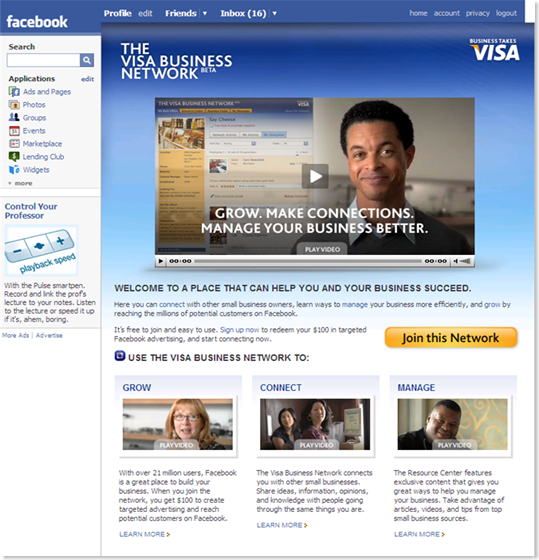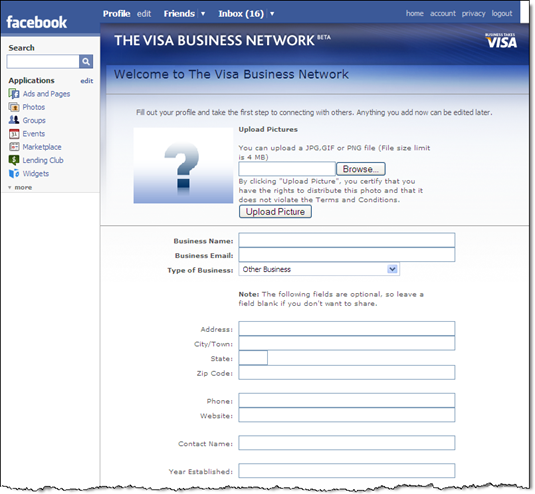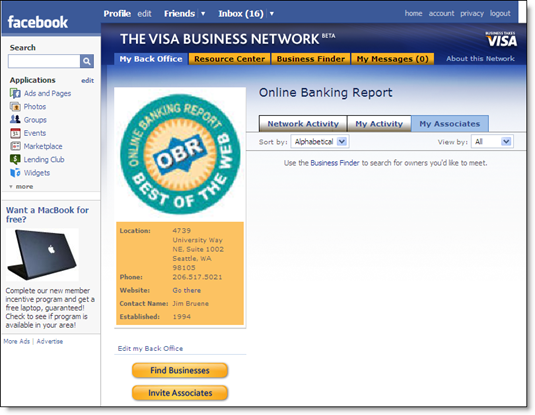 If you were to sit down with a blank piece of paper and design the perfect friction-free system for determining deposit rates, your invention would almost certainly include some type of competitive bidding. Over the years we’ve seen several banks test eBay-style auctions including PNC Bank, WaMu, and most recently Zions Direct. Those incorporated a traditional auction model, with the bank putting a deposit up for auction and selling it to the highest bidding consumer.
If you were to sit down with a blank piece of paper and design the perfect friction-free system for determining deposit rates, your invention would almost certainly include some type of competitive bidding. Over the years we’ve seen several banks test eBay-style auctions including PNC Bank, WaMu, and most recently Zions Direct. Those incorporated a traditional auction model, with the bank putting a deposit up for auction and selling it to the highest bidding consumer.
The latest entrant into auction-style finance, is MoneyAisle, a deposit marketplace from neoSaej, that launched today. MoneyAisle employs a reverse auction, where the consumer offers to buy an item, in this case a deposit of a certain size, and sellers bid against each other to offer the best price, in this case the highest interest rate.
In theory, MoneyAisle comes closest to the perfect deposit-pricing model. It’s right out of the Economics 101 textbook. If they can get enough buyers and sellers to make it work, it could cause a serious disruption in the market for so-called high-yield savings accounts and certificates of deposit (CDs).
I really like the auction model, but there are some obstacles for it to overcome on its way to market dominance. Here are a few that come to mind: 
1. How to convince users that it’s in their best interest to take the rate offered at the end of the auction? The first thing I did after seeing the 3.1% offer was to type in www.ingdirect.com and see how it compared. And given that ING was just a bit less, 3.0%, it’s hard to get excited about opening a new account with an unknown bank for just 10 more basis points. Or worse yet, type “high yield savings rates” into Google and see five advertisers that can beat the 3.1% (see Google screenshot below).
2. How to make the auction’s feel “real?” It seems like a game, which is not necessarily bad. Users choose a deposit product, $ amount, and their state of residence, then spin the dial. Then in real time you watch the results as banks bid against each other for your money (see Step 2 screenshot below). Then after 60 seconds or so, the winner is displayed (see Step 3 screenshot below) and you can proceed to make your deposit, provided you are satisfied with the rate and the bank making the offer.¬†
3. How to keep one bank from dominating the bidding? If the lowest-cost bank, or the one most skilled at cross-selling, or the one most in need of deposits, consistently bids “above-market” rates, will the remaining banks stay in the game?
4. How do you compete with the offers available via Google AdWords, another type of auction (see below)?

How it Works
After registering with a bare minimum of info (username, password, and security question only), it’s a simple three-step process that couldn’t be easier:
1. Decide whether you want a high-yield savings account or a CD (see step 1, screenshot below)
2. Start the auction (see step 2, screenshot below) and participating banks bid in real time via a preprogrammed, proxy bidding system
3. A few minutes later, accept the winning rate and arrange for account opening with the winning bank (see step 3, screenshot below)
In testing today, 51 banks bid on my high-yield savings account (at just after midnight Pacific Time) and 72 bid on a 1-year CD (at 5 PM Pacific Time). We were offered identical 3.1% APYs for a $5,000 savings account in Washington state and a $50,000 one in New York. When we ran an actual savings-account auction after registering, the winning bidder was Massachusetts-based Beverly National Bank with again, a 3.1% rate (see note 1). A $25,000 1-year CD in Washington earned a top bid of 3.90% by Michigan-based Isabella Bank, similar to the best rate advertised on Google.
MoneyAisle step 1: Choose a deposit product

Step 2: Watch as banks go through several rounds of bidding to reach the final rate

Step 3: Confirm you want the rate within 30 minutes and complete the rest of the form; the winning bank then contacts the customer to complete the transaction

Note:
1. The bank’s bid was more than double its published rate for a $20,000 deposit. But Beverly does currently pay 3.0% APY on $100,000 balances. When I reran the auction at 5PM Pacific Time, the bid was 30 basis points higher, 3.4% from Umbrella Bank.























   
     
         Postbank 
       Postbank 
           Yodlee 
          Yodlee  






